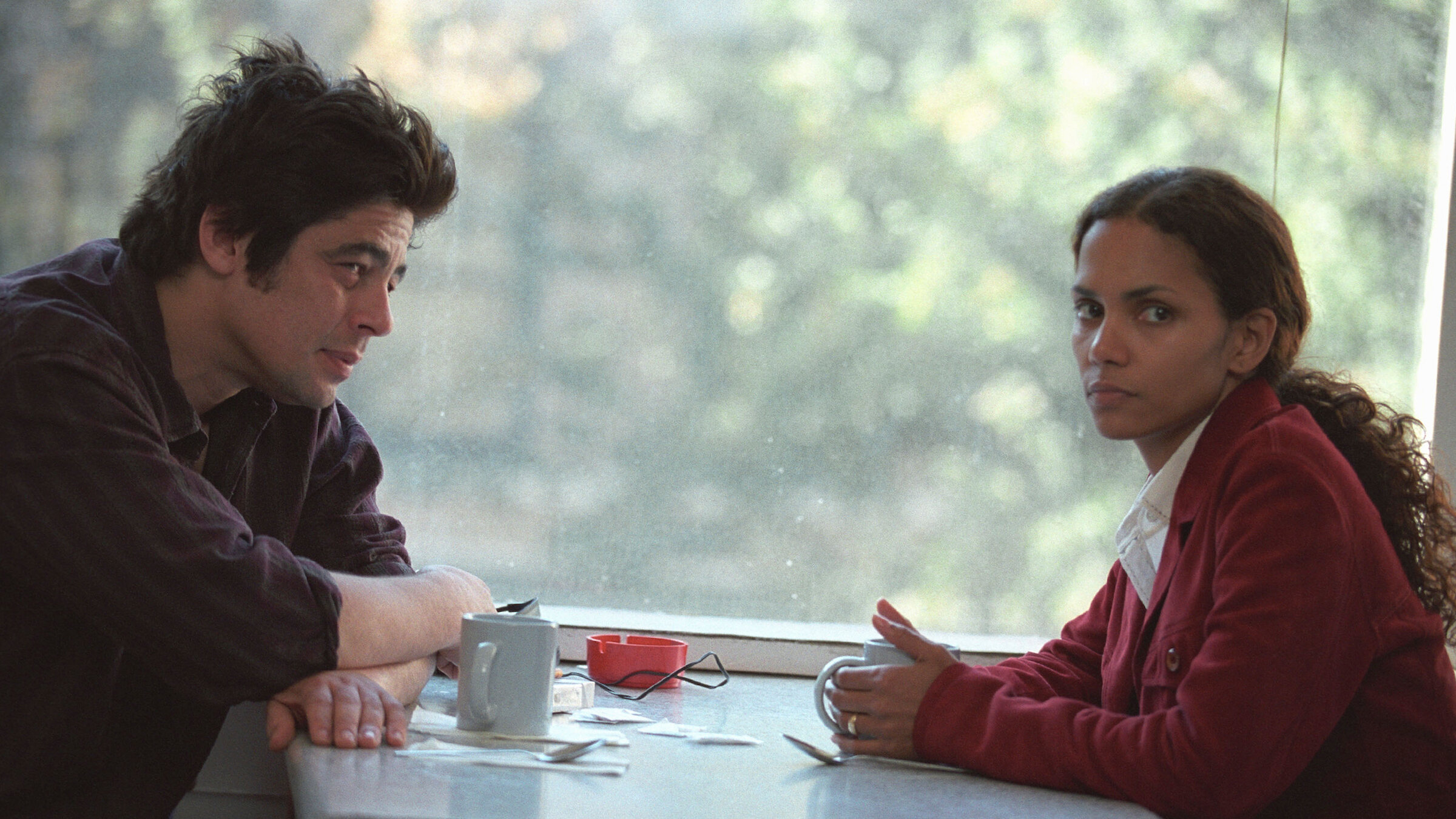Taking Things Seriously
In what’s generally viewed as his first ever serious film, director Woody Allen provides viewers with a thoroughly complex and entertaining family drama. Interiors (1978) follows the lives of 3 sisters and their tumultuous relationship with their overbearing Mother. Renata (Diane Keaton), Flynn (Kristin Griffith) and Joey (Mary Beth Hurt) each hold an interesting — and somewhat frayed — relationship with their Mother Eve (Geraldine Page). Throughout the film, Eve is dealing with a handful of health issues that leave her lethargic, and at times oblivious, to concerns and criticisms being raised by her daughters.
Woody Allen sets the film’s tone as serious and introspective right from its start, which begins with an eerie silence as the opening credits roll onto the screen. When the credits complete, we’re transitioned straight into dialogue, with a noticeable lack of background music, to start the 92-minute journey that is Interiors. I find subtle cinematic notes such as the use of silence, transition scenes, accentuated background sounds and the like to be hallmarks of truly great filmmakers. Attention to detail is pivotal in character-driven dramas that rely on nuance to distinguish themselves from the crowd. Before Interiors, Woody Allen had a reputation as a comedic director, relying on crude humor, jovial musical scores and lighthearted subject matter to endear his films to audiences worldwide. That reputation likely played a role in his decision to prioritize solemnity right from the start.
Setting the Tone
The opening scene features the family matriarch Eve in the home of her youngest daughter Joey. Eve — who’s an interior designer by trade — is providing her unsolicited opinion about the decor and layout of Joey’s home. This is to the dismay of Joey’s husband Mike (Sam Waterston), who openly expresses his frustration with Eve’s overbearing and controlling influence. You get the feeling that Mike has long played nice with Eve’s habitual overstepping into his marriage, and is quickly running out of patience. Eve is however experiencing health issues, which force Mike to bite his tongue, as his wife implores him to avoid high-stress encounters with his contentious Mother-in-law.
Immediately after the silent introductory credits, we’re thrown into a tense environment featuring three strong personalities, one of whom holds the high ground by virtue of her age, recent illness and station as Joey’s mother. The opening scene sets the tone for the entire film. Minimal music, little to no action, lots of dialogue and plenty of passive-aggressive banter between unyielding people who speak as much with body language as they do with words. Interiors is a serious affair, and Allen makes that clear right from the get-go.
The Genesis of a Trademark Style
In what would eventually become standard for Woody Allen films, Interiors utilizes an impressive array of cinematic techniques to generate the right feelings and emotions in viewers from scene to scene. Impeccably timed close-up shots, lingering frames, revolving camera angles, subtle shifts in lighting, seamless transitions and more are just some of the storytelling tools employed by Allen in Interiors. Altogether, they marked a true evolution in Allen’s charmingly minimalist directorial style, which through Interiors showed itself well and able to tackle serious subject matter. At a runtime of 92 minutes, Interiors is not an incredibly long film. However, because of the way that Allen fills that time — from the cinematography to the dialogue, to the well-placed musical scores and fantastic cast performances — one walks away from Interiors feeling as if not a single minute was wasted. It’s a film entirely devoid of excess, and positively dripping in refinement.
My favorite scene of the film sees Renata (played by Diane Keaton) open up to her counselor about her frustrations. She talks about issues she’s been having with her Mom, with her partner, with her sisters, and with people in general. Amid her cathartic venting, the camera pans away and begins showing the events she’s describing as footage to the side of the screen. It’s as if Renata, at that moment, is inadvertently narrating those moments that she’s replaying out loud to her counselor. This tactic — of having a character play inadvertent narrator — wasn’t invented by Woody Allen, but his use of it during this scene was done so exceedingly well that to withhold praise would be a crime unto filmmaking itself.
An Impressive Expansion
There are many other noteworthy scenes, including several near the end featuring powerful moments that drive home the film’s emotional weight. Allen dives further into his cinematography toolkit in these scenes by calling into question the mental stability of characters, leading us to wonder if the events we’re seeing on screen are truly accurate, or skewed by the perspective it’s being told from. It’s another piece of Interiors that makes it a true standout in the catalog of a director with no shortage of great films.
All in all, Interiors was an impressive debut in serious filmmaking for director Woody Allen. It was released in 1978 to rave reviews, earning the coveted approval of the late legendary film critic Roger Ebert. Interiors is a true masterclass of serious cinema that lives on as a timeless classic in the Woody Allen portfolio. I’m a fan of deep introspective dramas, so this film was right in my wheelhouse. It may not be for everyone, but I’d recommend it to anyone because it truly is just that good.




